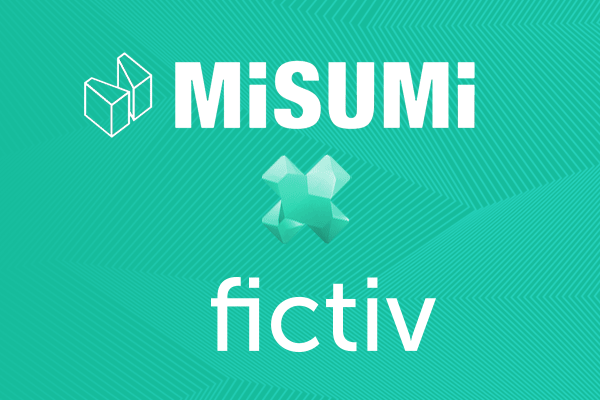Time to read: 3 min
You’ve ran your tests and iterated until you can iterate no more (well, you could but you won’t). Now finally, (finally!) you’re ready to bring your product to the masses.
But what’s the best way to get it out there? Kickstarter and Indiegogo have brought some real success stories to market over the past few years and many more companies are choosing to go their own way with pre-orders not backed by any platform.
Whether you’re a team of 1, 10 or 100, there are great opportunities to finance your hardware product; it just comes down to picking the right platform.
Snapshot: State of the Hardware Financing Union
- Rapid growth in total dollars pledged on crowdfunding platforms — 2011: $138 million, 2013: $1.17 billion, 2015: $4.35 billion (source)
- 443 hardware products raised more than $100,000 on Kickstarter and Indiegogo since the platforms began (as of 2014)
- 128 hardware companies pre-sold nearly $70 million in products in Q1 of 2015
- Median amount pledged for hardware crowdfunding projects = $211,000 (source)
Indiegogo
The Quick Facts
- Launched in: 2007
- Approval Process: None
- Location: No geographic restrictions
- Fee: 5% Indiegogo fee + 3% and $0.30 per pledge payment processing fee
- Project Timeline: Up to 40 days
- Project Success Rate: 9.8% source
- Categories: Art, Comics, Dance, Design, Fashion, Film, Food, Games, Music, Photography, Publishing, Technology, and Theatre.
- Higher volume of projects than Kickstarter
- Offers a “flexible funding” option where you can keep funds raised even if you don’t meet your goal
Main Pros
Less stringent approval means you can start your campaign fasterIndiegogo is the only large international optionFlexible model means you can keep some money even if your project is unsuccessful, provided you’re able to uphold promises to pledgers.
Success Stories
- Jibo – $3,710,560; 7,417 backers
- Skully Helmet – $2,446,824; 1,930 backers
- Luna – $1,180,692; 5,662 backers
- Misfit Shine – $846,675; 7,957 backers
- Knix Wear – $60,450; 518 backers
Kickstarter
The Quick Facts
- Kickstarter keeps a frequently updated statistics blog here
- Launched in: 2009
- Approval Process: Strict
- Locations: USA, Canada, UK, Australia, New Zealand and many other countries in Europe
- Fee: 5% Kickstarter fee + 3% and $0.20 per pledge payment processing free
- Project timeline: 30 or 60 days
- Project Success Rate: 37% (source)
- Categories: Animals, Art, Comic, Community, Dance, Design, Education, Environment, Fashion, Film, Food, Gaming, Health, Music, Photography, Politics, Religion, Small Business, Sports, Technology, Theatre, Transmedia, Video, and Writing.
- Higher volume of pledges than Indiegogo
Main Pros
- More dollars pledged on Kickstarter compared with Indiegogo
- Kickstarter gets more web traffic
- Statistically higher project success rate
Success Stories
- Pebble – $20,338,986; 78,471 backers
- Oculus – $2,437,429; 9,552 backers
- Roost – $785,724; 8,807 backers
- Nomiku – $750,192; 5,539 backers
- PocketLab – $114,805; 916 backers
Pre-Orders
Alternatively, some startups choose to forgo crowdfunding platforms altogether and finance their products via pre-orders on their own website.
The numbers around this financing path are more elusive as there’s no central authority keeping track. However according to Techcrunch, in Q1 of 2015 about 1/6th of hardware campaigns (in dollars) were hosted via pre-order campaigns.
If that’s true then total hardware crowdfunding dollars are bumped up to about $85 million in this first quarter alone. Pretty amazing stuff.
Main Pros
- More autonomy – your platform, your rules.
- No fees – keep all the cash with a self-hosted campaign.
- More Website Traffic – a self hosted campaign results in more traffic for your website, which leads to potentially better engagement with you brand content.
- Stand-out factor – a stand-alone campaign can appear as a breath of fresh air amidst all the crowdfunded projects + there’s less visible competition with other campaigns on the same platform.
Success Stories
- Lockitron was rejected by Kickstarter in 2012 but went on to raise $2.3M in total pre-orders
- Lively had two failed attempts to raised $100k on Kickstarter and went on to raise $4.5M in venture backing, followed by a self-hosted online store for product financing.
- YC-backed SoundFocus is running a successful pre-order campaign on their website for AMP.
To sum it up, there’s no one way to do it.
We know startups who have done incredibly well on all three of the platforms mentioned, so the key is to look at the facts available and choose the best path for your product.
+ Want to generate more buzz around your upcoming campaign? Apply to be featured in our Hardware Spotlight series here.









